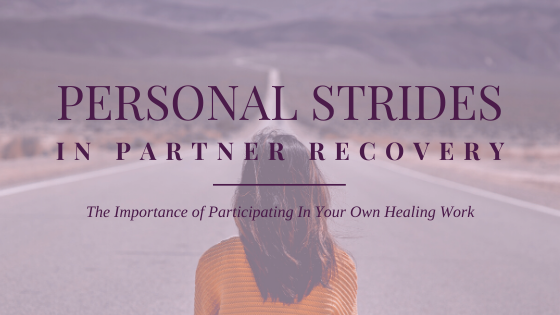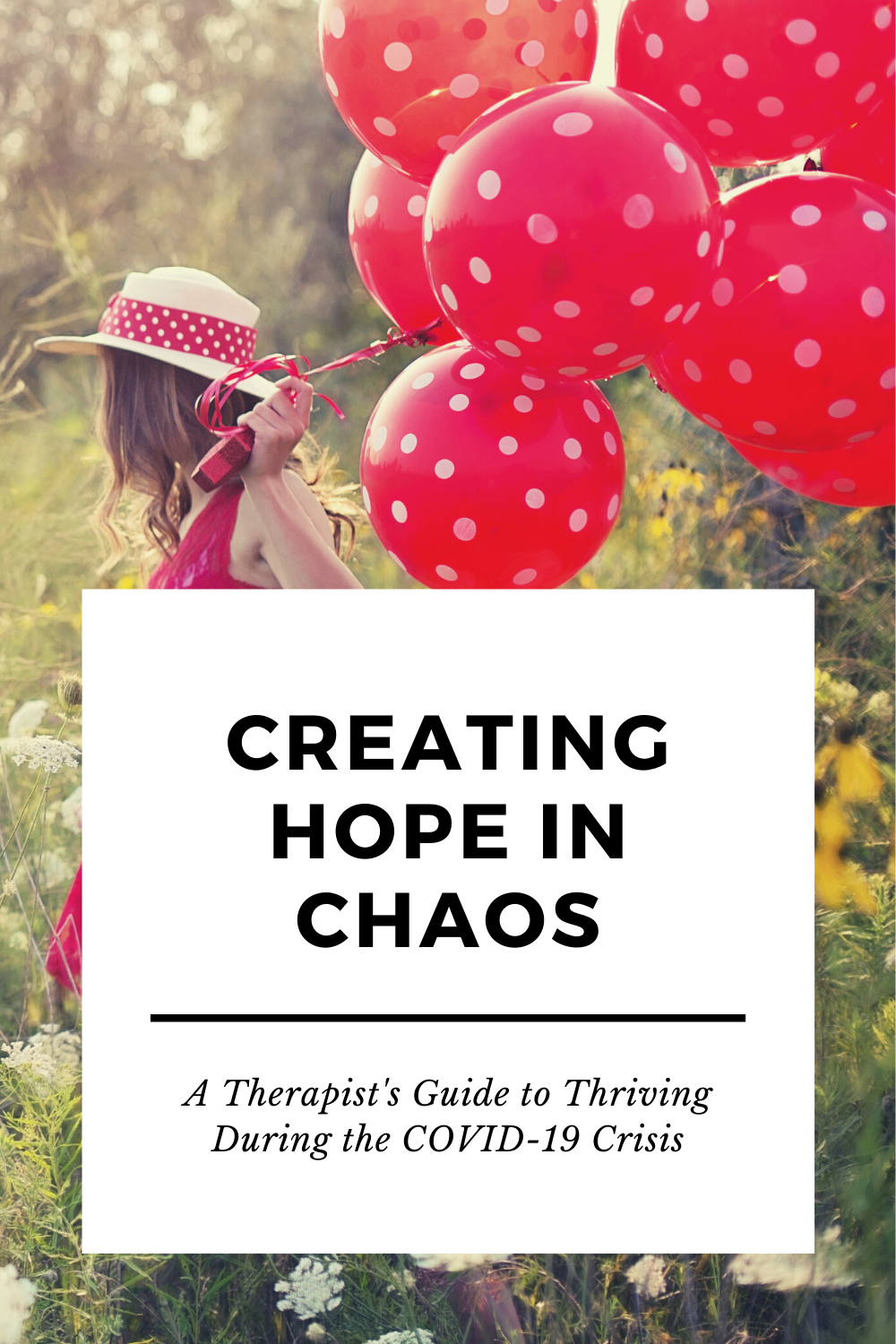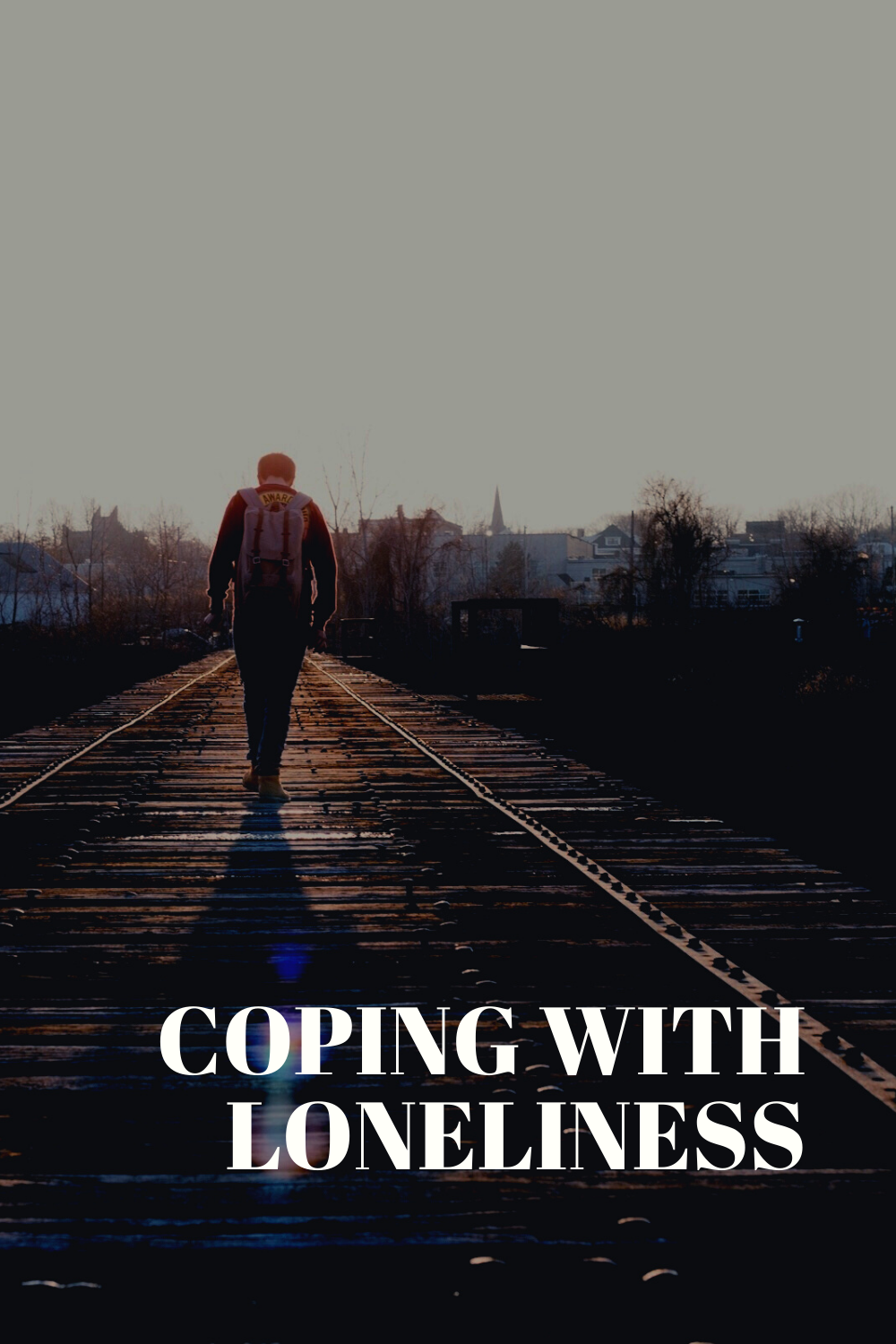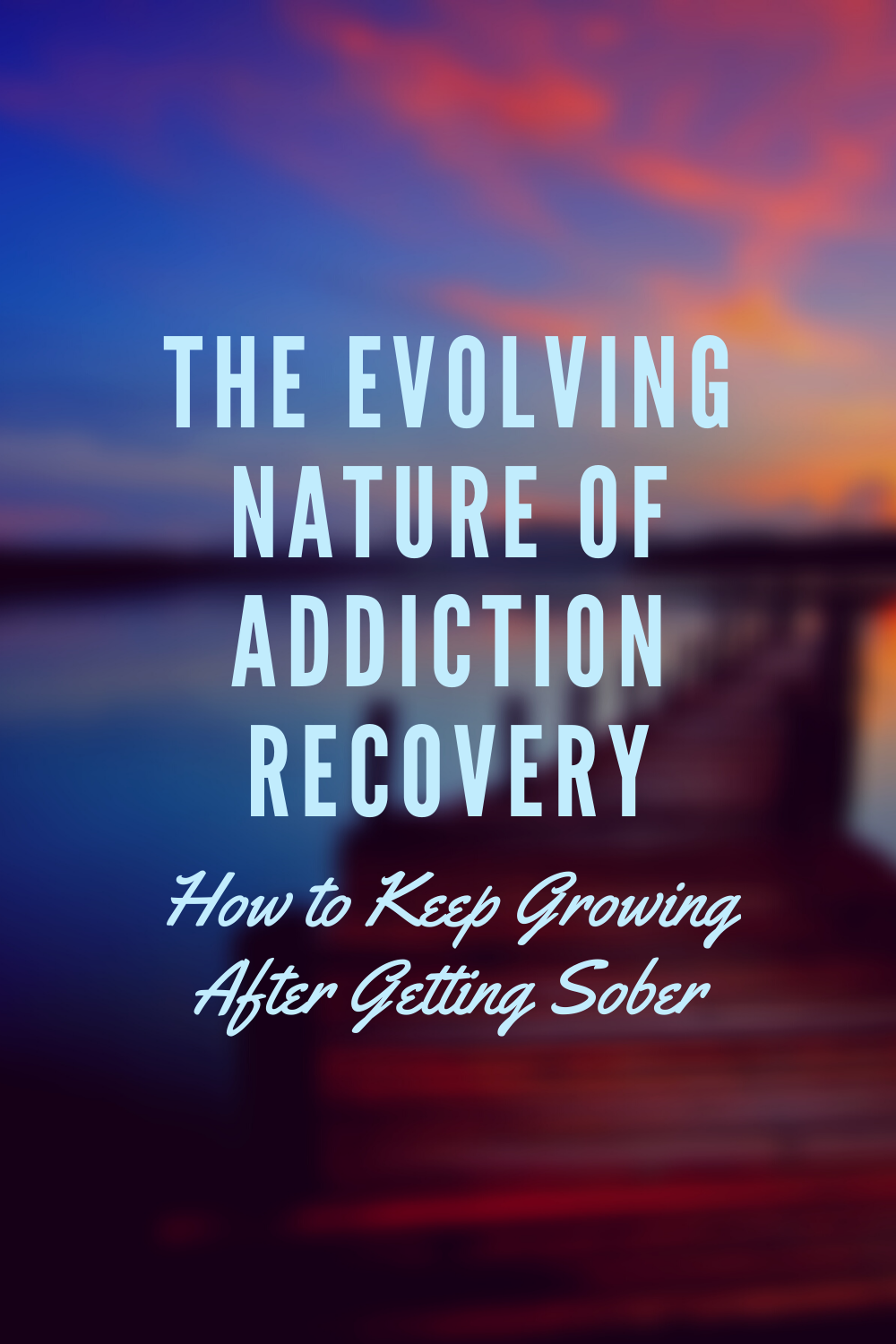In recovery circles, willingness to change is a necessary part of leaving behind destructive patterns of sex and love addiction to experience freedom. Sometimes willingness comes easily. For example, if you are married and your spouse discovers your addiction, that often creates a push to change as you work to heal your relationship. You may be experiencing real consequences of your addiction, like an arrest or the dissolution of friendships. Or you’re early in the process of recovery and motivated to put in the hard work of change.
But as time goes on, you might notice your willingness fading. You might miss the dopamine rush you got when you were acting out. Or you’ve ended your relationship with your partner, which removes that motivation to change. Perhaps you’re feeling shame about your behaviors, and the easiest way you know how to self-medicate shame is with more acting out.
Maybe you relapse, getting caught back up in the cycle of acting out. Perhaps the boundaries you know you need to put in place to help you along the path to recovery seem way too hard to implement.
You could be struggling with the cost of recovery, recognizing the extent to which your life may have to change. Sometimes the work involved in the process recovery leads to a feeling of weariness and a desire to just give up.
Regardless of reason, it is common to see willingness ebb and flow in the process of recovery. Instead of viewing your lack of willingness or motivation to change as a death knell to your recovery work, use this opportunity to learn more about yourself and lean in to practices that will help you stick with recovery even when it becomes challenging.
As a note: these recommendations are specific to sex and love addiction. There are likely different, more targeted recommendations for addictions that involve a substance, such as alcohol or drugs. If you are dealing with those addictions, reach out to 12 Step resources and specialized counseling or treatment centers to get guidance on how to address willingness in that area.
What to Do
Remind yourself of your vision for your future.
It can be a challenge to find hope when you’re stuck in the (often devastating) consequences of your acting out behaviors. Define for yourself what a recovered life could look like. Even if you never achieve this, what would be the ideal? Why did you choose recovery in the first place? What could life be like when you are free of your addictive behaviors?
Use this vision to help you identify what you’d like your life to look like in 10 years, 5 years, and 1 year. Breaking down those goals into more manageable time frames can help you make concrete goals or plans for what’s right in front of you.
Target your denial.
Your unwillingness to change often finds support from denying the impact of your behaviors. This denial often comes in the form of distorted thinking patterns. I often call this process “addict thinking” versus “rational thinking.” When you’re acting out in addiction, the rational, healthy component of your brain goes offline. Instead, the addict part of you is at work trying to persuade you that your addictive behaviors are not only okay, but good for you.
Identify the “voice” of your addict part of yourself by writing down the statements of denial that are most common for you. They might include words such as:
“It’s not hurting anyone.”
“I only do it because my spouse isn’t meeting my sexual needs.”
“I deserve this.”
Then, when you have some space from your acting out behaviors, sit down and write responses from the point of view of your rational brain to address those denial statements with facts. Come back to these responses when you’re tempted to act out and remind yourself of truth about your behaviors. To the above comments, you might respond:
“Addiction hurts my spouse, my children, and most importantly, myself. I lose control over myself and expose myself to further and more dangerous consequences.”
“My addiction is how I shortcut my way to a dissatisfying false intimacy instead of pursuing true intimacy with my spouse.”
“I am not entitled to harm myself or others by my actions. My behavior promises that it will feel good, but I consistently end up feeling miserable afterward.”
Be patient with yourself.
Acknowledge that this process takes time. Consider climbing a mountain: when you begin at the bottom, it is obvious that you have a long way to go to get to the top. As you climb and begin to grow weary, it can be easy to get distracted by how much further you have to go. You might look up at the summit and get discouraged by the time it will take you to reach the top. Instead, focus on the step right in front of you. In 12 Step terminology, this is taking “one day at a time.”
Recognize that recovery is a lifestyle change, not a one-time experience; a marathon, not a sprint. But the rewards of a recovered life will make every step worth it.
Stay committed to your recovery plan.
If you’ve been in recovery for any length of time, you probably have been participating in some recovery-related activities and have potentially even made a plan for how to best address your addiction. Even if you’re currently acting out, continue to engage in these recovery behaviors.
If your plan was to go to 12 Step meetings regularly, keep going to your meetings. Meet with your sponsor. Make calls to others in recovery. Keep attending therapy or support group. Use the principle of “fake it til you make it” until your recovery behaviors begin to shape and mold your thoughts and emotions. This will eventually create motivation to change if you give it time.
Do the bare minimum.
If you’ve already gotten out of the routine of your recovery plan, it might seem challenging to get back into the habit. When commitment to recovery feels overwhelming and too much, focus instead on one practical step you can take right now. (Remember the mountain metaphor.)
Make one call to a supportive friend. Schedule an appointment with your therapist or sponsor. Read a chapter in a recovery-related book. Practice a small act of self-care – eating a healthy meal, going to sleep early, getting outside for a walk. Any of these small steps can have a huge impact over the long haul.
Focus on recovery, not sobriety.
It’s common early in recovery to find yourself focusing only on sobriety and “white-knuckling”, attempting to force yourself to stop by your own willpower. This usually is accompanied by a lack of commitment to the whole-life change required in recovery.
What’s the difference? Recovery is a holistic process - much of your life must change. Sobriety is one part of that, but it is not all of it. Attempting to keep your life exactly the same and get sober is a recipe for failure, because likely some of what you were doing in daily life contributed to your desire to act out. Focusing on sobriety involves only focusing on what you can’t do, while recovery shifts that focus to what you can do.
Focusing only on sobriety leads to beating yourself up about failing when you inevitably slip or relapse. Rather than placing so much of your identity and hope on sobriety, place that relapse or slip under the context of recovery and see what you can learn from it. Sobriety is categorized by shame; recovery is categorized by hope.
Ask God for willingness.
The 12 Steps are built around reliance on a Higher Power to do the work of creating change in you, recognizing you are incapable of creating that willingness to change on your own. Speaking from a Christian worldview, we are told in the Bible that it is God who works in us to will and act in order to fulfill his good purpose (Philippians 2:13). Ask God to help you with this process. Invite the Holy Spirit to do a transforming work in your heart.
Remember the message of grace here: that if you are in Christ, you are no longer condemned (Romans 8:1) and you are set free (Galatians 5:1), and if you invite God in, He will do a healing work in you and transform your willingness.
Know that you can’t do this alone.
In addition to having the support and help of God, it is essential to have the support of other people to help you make these changes. Social support is one of the most important factors in any addiction recovery.
Reach out to the people you know who are in recovery circles or who you trust are safe for you. If you don’t know who those people are, now is a good time to find them. Start by attending a 12 Step meeting, support group, or counseling session and connect with supportive people who can help you along your path to recovery.





















